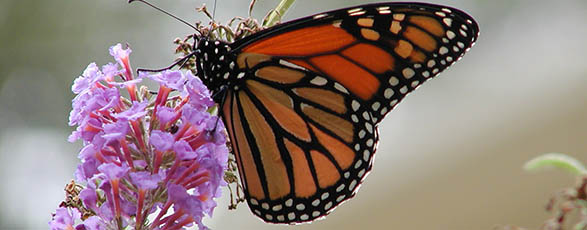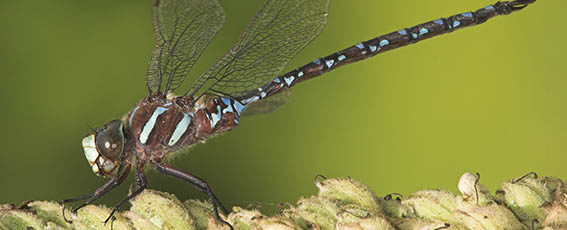Learn to identify more than 24 common species of Ontario’s beautiful butterflies and moths. Experts and beginners alike will find this popular guide informative and entertaining. Discover important host plants and habitats for your favourite species such monarch butterflies, swallowtail butterflies, tiger moths and luna moths.
You are browsing archives for
Author: Dan Schneider and Peter Paulter
Dragonfly and Damselfly Guide
Dragonflies and damselflies are two related and fascinating groups that make up the insect order Odonata. Dragonflies and damselflies are characterized by two pairs of wings, large compound eyes and narrow bodies. Covering 48 species, this popular online guide connects and inspires.
Bat Guide
As the only flying mammals in the world, bats can make an impressive claim to fame. Eight species of these nocturnal creatures live in Ontario – five of which are hibernate in caves and mines and are being decimated by white-nose syndrome. Agile and predatory, bats are capable of extremely sophisticated bio-sonar. While not widely beloved, bats play a vital part of the ecosystem.
Spider Guide
Spiders live among us in almost every conceivable habitat. More than 800 species of spiders in Ontario, very few of which are dangerous to people. Yet almost a third of Canadians are afraid of spiders. Learning about these creatures helps mitigate that fear. Spiders play a key role in the food web and are an important food source for other animals including songbirds, fish and salamanders.




